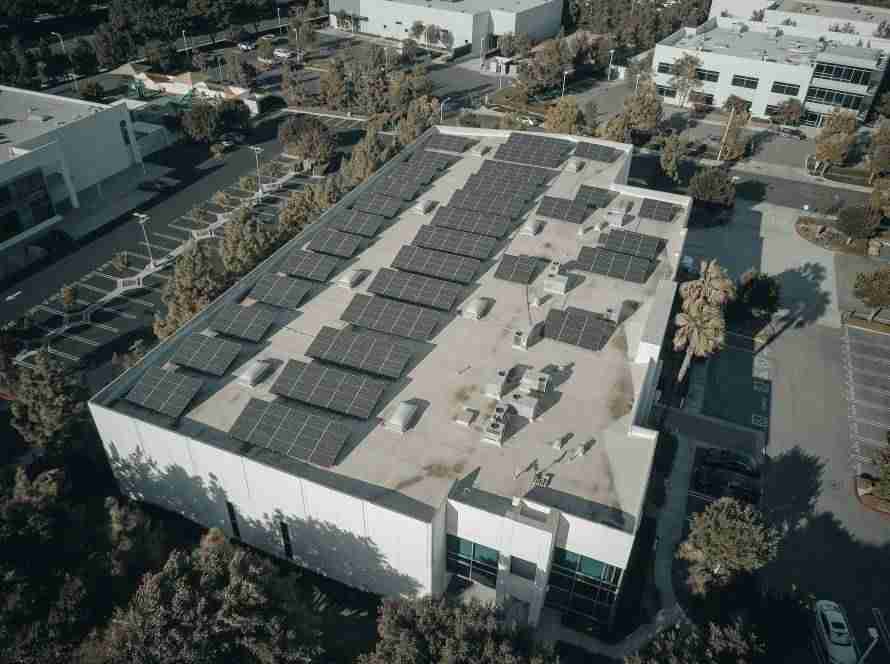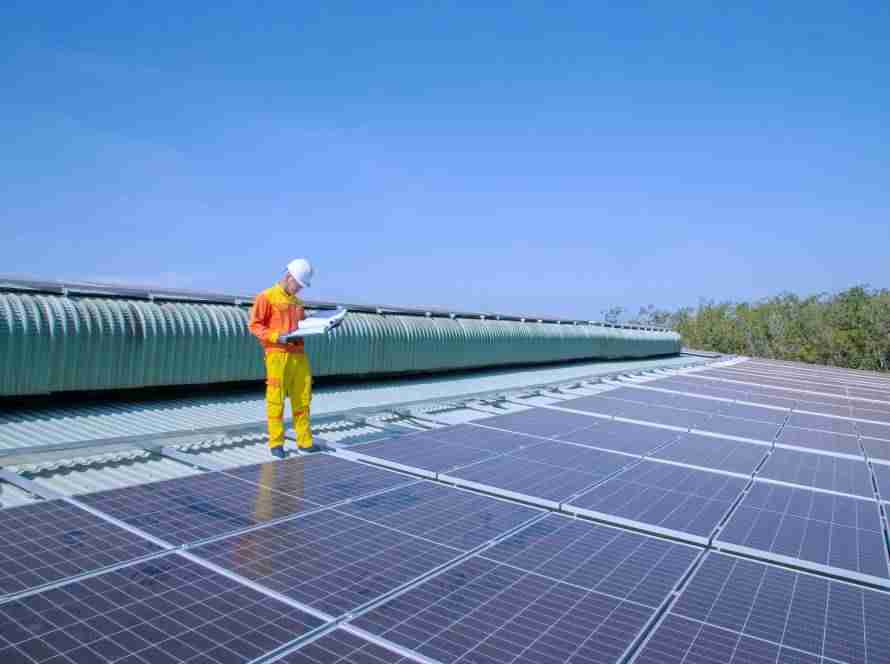Energy efficiency upgrades in buildings play a crucial role in creating sustainable environments, reducing carbon emissions, and promoting cost savings.
In addition to these benefits, energy-efficient buildings also have a significant impact on healthcare. By optimizing energy consumption and improving indoor air quality, these upgrades contribute to better patient outcomes, occupant well-being, and healthcare facility performance.
Improved Indoor Air Quality: Energy-efficient buildings often integrate advanced ventilation systems and improved insulation, leading to enhanced indoor air quality (IAQ). High-quality IAQ reduces the presence of pollutants, allergens, and airborne diseases, promoting a healthier environment for patients, medical staff, and visitors. For instance, certain hospitals have implemented energy efficiency upgrades to optimize IAQ and improve patient recovery rates.
Enhanced Thermal Comfort: Energy-efficient buildings prioritize proper insulation, efficient heating, ventilation, and air conditioning (HVAC) systems, resulting in better thermal comfort for occupants. Maintaining optimal temperatures and reducing temperature fluctuations can positively impact patient recovery and comfort, especially in healthcare facilities. European examples include energy-efficient extensions to hospitals, which ensure a comfortable environment for patients and staff.
Reduced Carbon Footprint and Environmental Impact: Energy efficiency upgrades significantly reduce carbon emissions, mitigating the environmental impact of healthcare facilities. Initiatives have been implemented to achieve carbon neutrality, including energy-efficient retrofits. Examples include hospitals where combined heat and power systems, LED lighting, and insulation upgrades have resulted in substantial energy savings and emissions reductions.
Cost Savings for Healthcare Facilities: Energy-efficient buildings offer long-term cost savings for healthcare facilities. By optimizing energy consumption and reducing operational expenses, medical institutions can allocate their resources to patient care and medical advancements. Certain hospitals have witnessed significant energy cost reductions through energy efficiency upgrades, benefiting both the institution and patients.
Positive Impact on Public Health: Energy-efficient buildings not only enhance the health and well-being of occupants but also contribute to broader public health goals. By lowering greenhouse gas emissions and improving IAQ, these upgrades help mitigate the impact of climate change and reduce the prevalence of respiratory illnesses and allergies. Efforts have emphasized the importance of energy-efficient healthcare buildings in promoting public health and sustainable development.
Energy efficiency upgrades in buildings have a profound impact on healthcare, benefiting patients, healthcare providers, and the environment. Improved IAQ, enhanced thermal comfort, reduced carbon emissions, and cost savings contribute to better patient outcomes, occupant well-being, and sustainable healthcare practices. By continuing to prioritize energy-efficient building practices, the healthcare sector can pave the way for a sustainable and healthier future.


